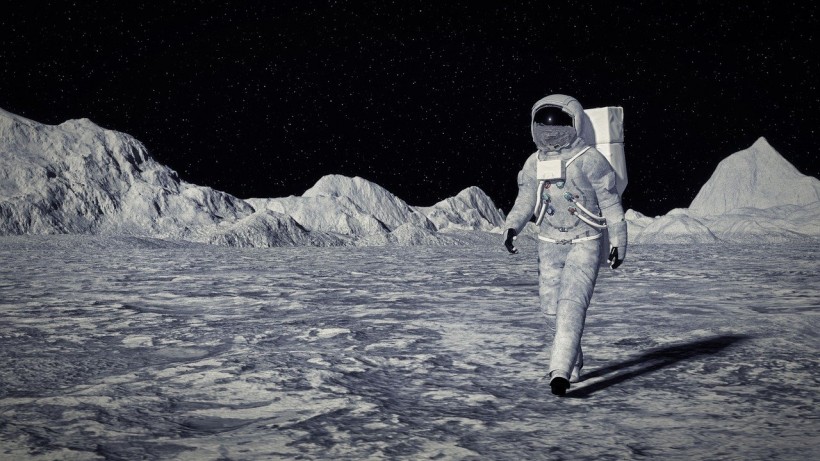Making enough oxygen for astronauts in space is a challenging task that will only worsen as we go toward Mars and beyond. Using magnets, scientists have now developed a brand-new method of producing oxygen for astronauts.
Times Now News noted that oxygen is produced using an electrolytic cell that divides water into hydrogen and oxygen on the International Space Station (ISS). These gases are then removed from the system to produce the oxygen that Earth-based life forms require.
Current Oxygen Source in ISS
Several reports explained that the Oxygen Generation Assembly (OGA) controls the ISS's current oxygen systems. The OGA separates water from the water recovery system into oxygen, which is retained, and hydrogen, which is mostly released into space.
This system would need to be more dependable if it were to be used on a lengthy voyage to Mars since it is hefty, which makes it challenging to launch.
According to Slash Gear, bubbles remain suspended in the liquid medium in microgravity, in contrast to Earth, where gas bubbles in a liquid immediately rise to the top. The fluid remains at the bottom owing to the effects of gravity.
Slash Gear added that ISS uses centrifuges to compel the gases out of the system to get around the problem. However, these devices require a lot of upkeep, are bulky, and use a lot of electricity.
Even a NASA study concluded that the present technologies used for the space station's Oxygen Generation Assembly are not practical for long-term missions like a voyage to Mars and beyond.

First Woman on the Moon: NASA Presents List of Female Astronauts for Its Artemis Mission
ALSO READ: Mars Insight Data Reveals the Absence of Subsurface Water on the Red Planet
Magnets as Source of Oxygen Source in ISS
According to a recent study by an international team of scientists (per Digital Trends), producing oxygen in space could be more effectively accomplished via a method known as magnetic phase separation. How to distinguish between gases and liquids is an issue in producing oxygen.
These gases must be spun off using a big, heavy centrifuge since they don't ascend to the top in the microgravity environment. The researchers suggest utilizing neodymium magnets submerged in the liquid, which draw bubbles to it, in place of a centrifuge.
A facility called a drop tower, a 146-meter-tall building with a steel tube from which all the air can be sucked out, allowed the team to test its concept.
The capsule provides 4.74 seconds of weightlessness when it is dropped from a height of 120 meters within the tube, allowing for the possibility of conducting experiments.
The tower's "catapult mode," in which the capsule begins at the foot of the tower and is propelled to the top before falling back down, allows for even longer testing of over 9 seconds.
"After years of analytical and computational research, being able to use this amazing drop tower in Germany provided concrete proof that this concept will function in the zero-g space environment," said one of the researchers, Hanspeter Schaub of the University of Colorado Boulder, in a statement.
Other Studies on Space Oxygen
The study results have been released in the journal NPJ Microgravity, an affiliate of Nature journal.
In April 2021, the MOXIE (Mars Oxygen In-Situ Resource Utilization Experiment) instrument on board the Perseverance produced oxygen on Mars using a different approach unrelated to oxygen synthesis on Earth.
Even though it can only create 10 grams of oxygen per hour, the device is a crucial first step for future missions.
RELATED ARTICLE: Space Tragedies: NASA Astronauts Trapped in 'Gas Cage,' International Space Station Witnessing 1 Shortest Spacewalk, and More
Check out more news and information on Space in Science Times.














